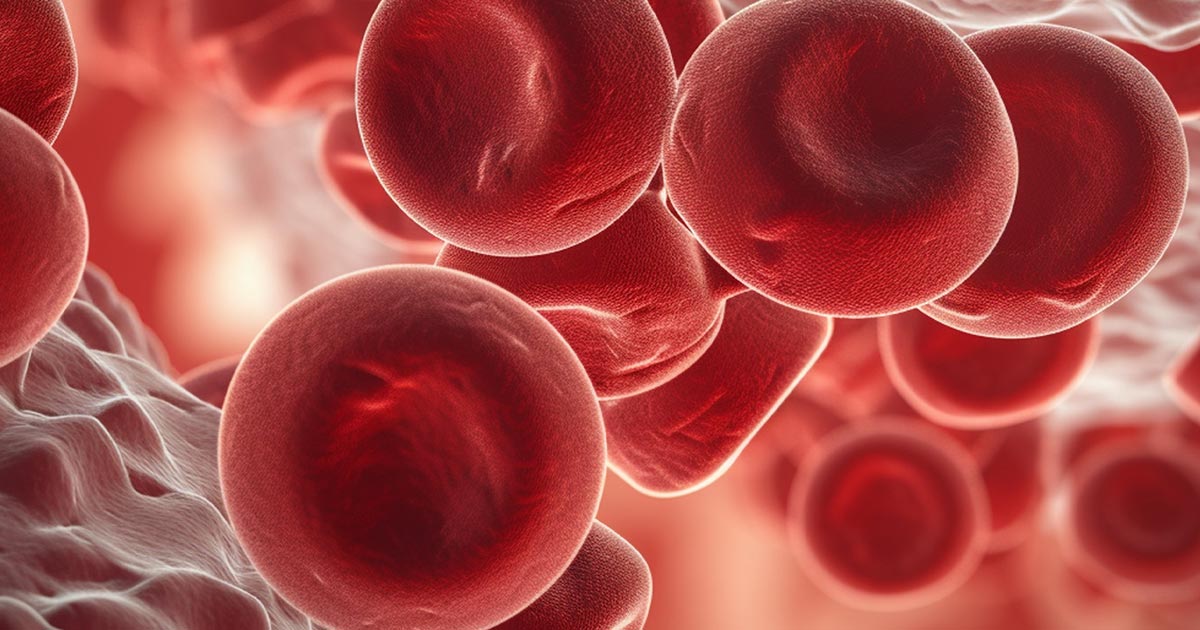Case 2: Baseline Characteristics
Ilene C. Wetiz, MD, professor of clinical medicine at the Keck School of Medicine at the University of Southern California, discusses the baseline characteristics of the case:
"Our second case is how to identify a patient at risk for PNH. This patient at the time that she presented was in her late 30s. In 1995, she developed reddish urine postpartum. She underwent a cystoscopy, and over the ensuing 15 years before the diagnosis was made, she had five negative cystoscopies. She was told she might have bladder cancer, but they never found a bladder cancer.
In 2010, she complained of fatigue. Her general internist evaluated her and noted an increase in bilirubin and a marked elevation of her LDH. The internist referred the patient to a hematologist. The hematologist noted an increased reticulocyte count and the Coombs test was negative. The hematologist had attended a speaker program several months earlier and the speaker program was about PNH. So, he sent a flow cytometry, which came back consistent with PNH.
On the righthand side of the screen you could see her laboratory values. She was not especially anemic. Her hemoglobin was 13.1. Her platelet count was normal but her reticulocyte count with a hemoglobin of 13 was 380,000, which is markedly elevated. Her AST was 42. Her ALT was 110, just above the upper limit of normal. But her LDH was 1,819 and her D-dimers were low. You can see her flow cytometry on the righthand side. Here you can see the type three clone was in the red cell, which was very small, but the white cell clone was quite large. You could see 82.5% in both the monocytes and granulocytes.
So, hemoglobinuria itself only occurs in 26% to 40% of the cases depending on the series that you read. Here, you can see they frequently present in the morning when the urine’s more concentrated, it looks darker, and then as the day goes on, it tends to lighten. But they have chronic hemolysis. So even though their urine may be more clear, they still have evidence of hemoglobinuria. And I think it’s really critical to understand the difference between hemoglobinuria and hematuria.
So, she was followed for 15 years with presumed hematuria. OK, hematuria should always be associated with red cells in the urine. In this case, she had no red cells in the urine and she just had hemoglobin in the urine. Bone marrow failure syndromes also occur in PNH and thrombosis, as we already discussed. But the average delay in diagnosis can be over 3 years."
Read more about

